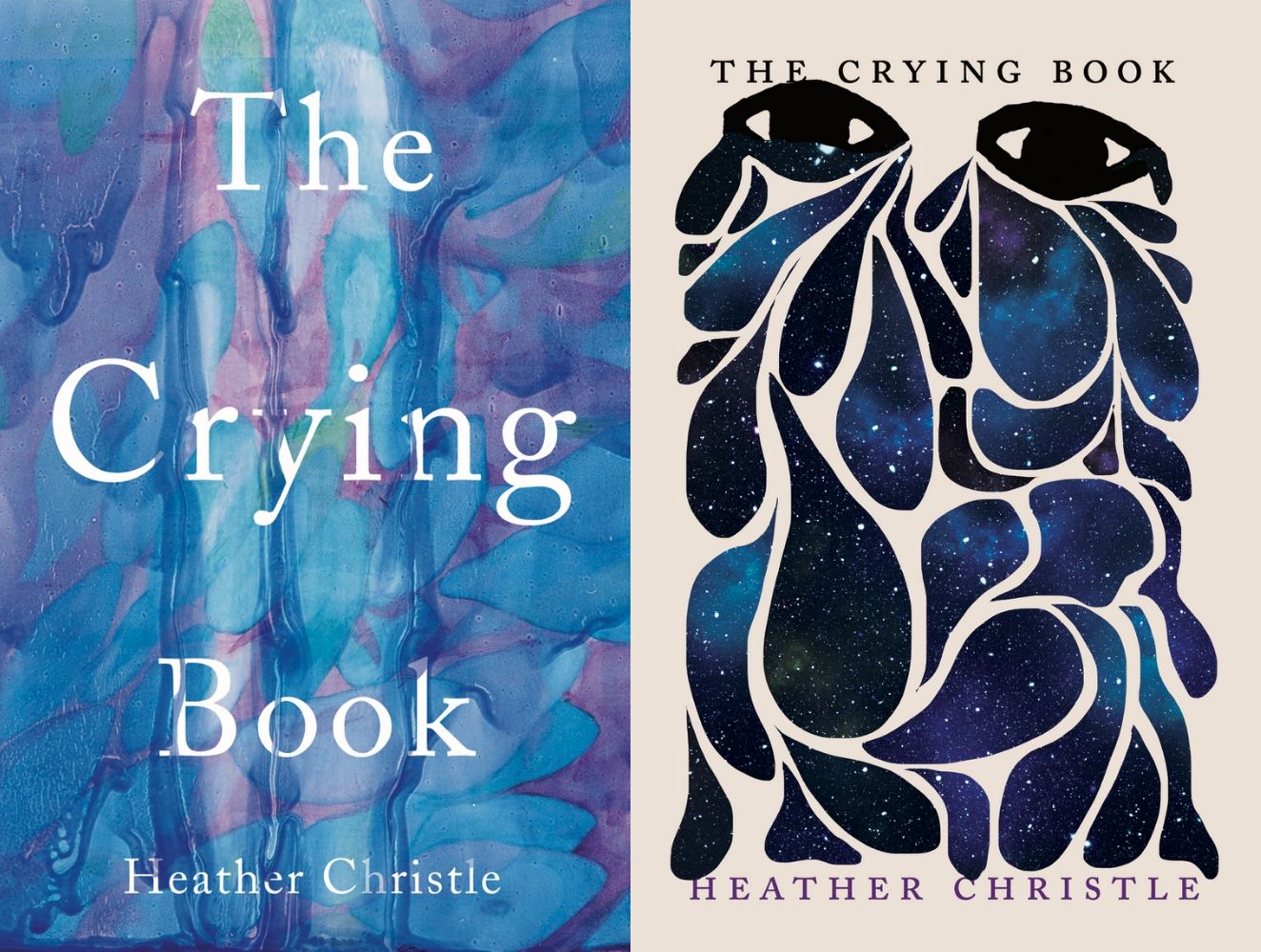news
In 100 Years, This Forest Will Be Turned Into Secret Books By Your Favorite Writers
You can read new Han Kang, David Mitchell, and Margaret Atwood when the trees are finished growing, if we last that long

Once upon a time in 2014, the Scottish artist Katie Paterson started the Future Library, a 100-year-long art installation that requires two things: a brand new forest and 100 writers. Paterson cleared a plot of forestland outside of Oslo and planted some trees which will grow over the next 100 years. Every year until then, the Future Library invites one author to write a wholly original manuscript to submit for the Future Library, which the library will hold in trust, unpublished, until 2114. In 2114 the trees will be cut down to print the pages of the collected manuscripts. By that time, Paterson imagines the trees will be infused with “all of the ideas of the writers growing through the roots over the years” (although not literally), and the rings of the trees will be like chapters of the books.

Most recently, as reported by The Guardian, the Future Library has selected South Korean author and Man Booker winner Han Kang to submit her work to the project. The other writers chosen for the real-life fairytale adventure so far include Margaret Atwood (manuscript titled “Scribbler’s Moon”), David Mitchell (manuscript titled “From Me Flows What You Call Time”), Sjón (manuscript titled “As My Brow Brushes on the Tunic of Angels or The Drop Tower, The Roller Coaster, the Whirling Cups and other Instruments of Worship from the Post-Industrial Age”) and Elif Shafak (manuscript titled “The Last Taboo”). The writers are chosen by “a panel of experts” and can write fiction, poetry, nonfiction — really, whatever they want their audience to read in 100 years. Who will be chosen in the next ten years? Twenty-five years? Seventy-five years? Could the Future Library become a future Canon of Master Works of Literature?

Only time will tell. Until 2114, the manuscripts will be held in the “Silent Room” — a room designed by polyglot Paterson herself in the new Oslo Library, which will open in 2019. The Silent Room will be open to the public (though the manuscripts obviously won’t be), and will only be big enough for two or three people at a time. It will also face the Future Library forest. In an extra flourish of eco-consciousness, Patterson and her team will be using the wood from the trees they cleared for planting the Future Library forest to construct the Silent Room. <cue “Circle of Life”>
The project relies on at least two generations of readers, writers, and artists. On Paterson’s website, there’s a very Kinfolk-friendly video detailing the project. One contributor says the project has a lot in common with forestry and city planning: “We are making decisions today that are extremely important for generations to come. Not for us only, but the next generations.” In the video, there are are beautiful pans to the fog-saturated evergreen landscape, shots of men and women with mud-caked shovels cradling tiny, skeletal trees that make their shaky descent into the ground. It’s an art installation that brims with hope for the earth that will survive us, and the publishing industry we can pass down, to carry on without us.

The writers are invited to come to the Future Library Forest to muse on the hallowed ground that will feed their unpublished work. Margaret Atwood mused, “How strange it is to think of my own voice — silent by then for a long time — suddenly being awakened, after a hundred years,” and David Mitchell called the project a “vote of confidence” that “the future will still be a brightish place willing and able to complete an artistic endeavor begun by long-dead people a century ago.”
It’s nice to imagine an anti-Fahrenheit 451 future: a future that actually exists, a future that includes people, trees, and dare I say, books. Han Kang, as the newest contributor, has issued a kind of blessing on the project: “I would like to pray for the fates of humans and books. May they survive and embrace each other, in and after 100 years, even though they couldn’t reach eternity.” Is ever-after close to eternity? I’m going to say yes, let’s shoot for ever-after, and imagine a world 100 years from now where we’ve collected a diverse cohort of authors that will inflect the next 100 years of art, literature, and ecological preservation with hope, wisdom, and wit.








